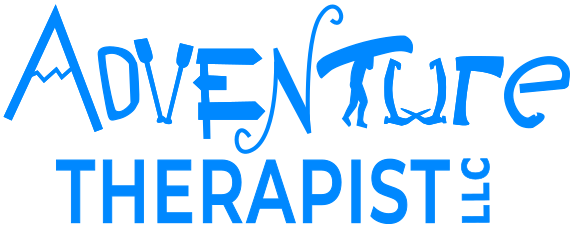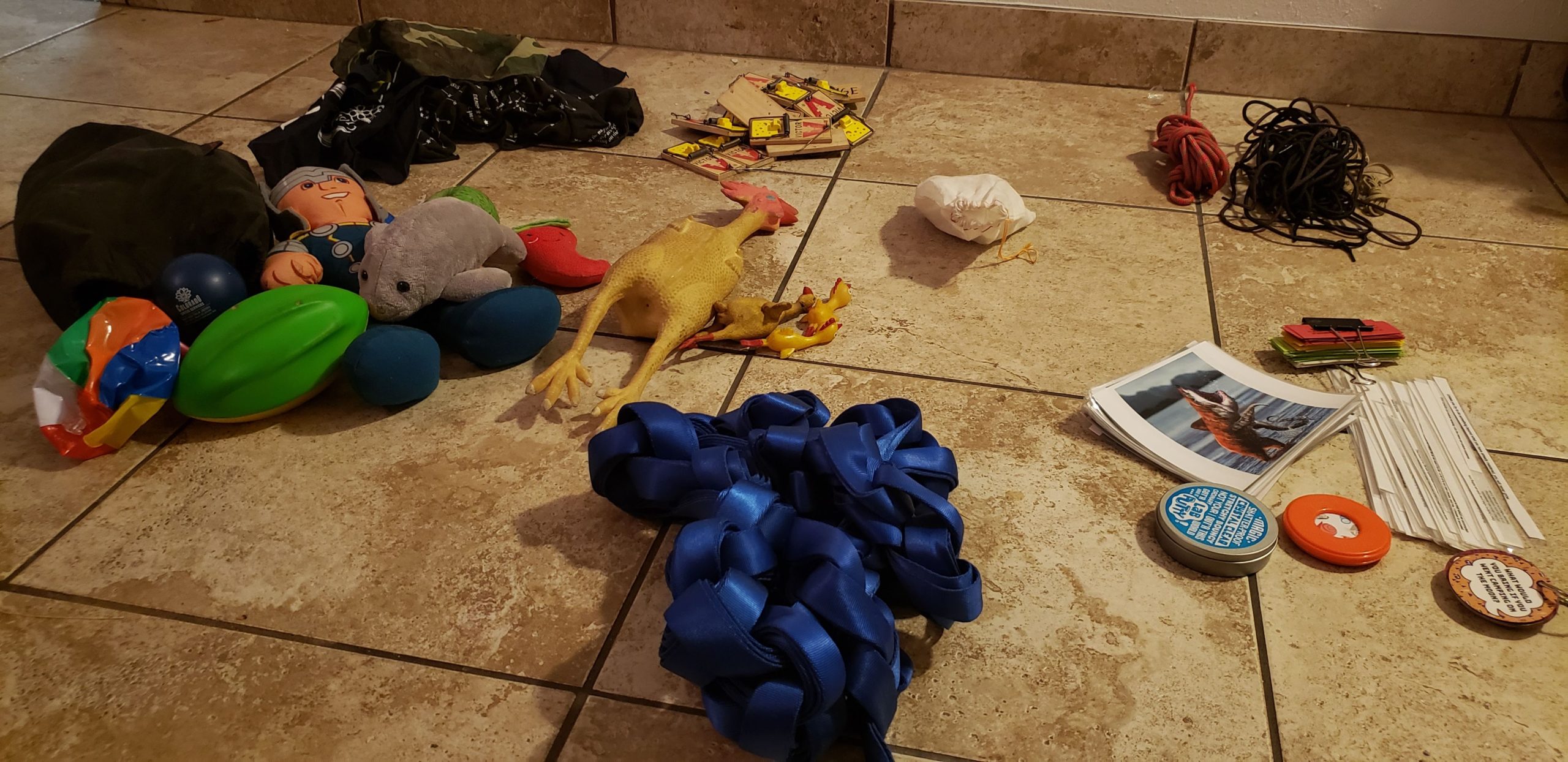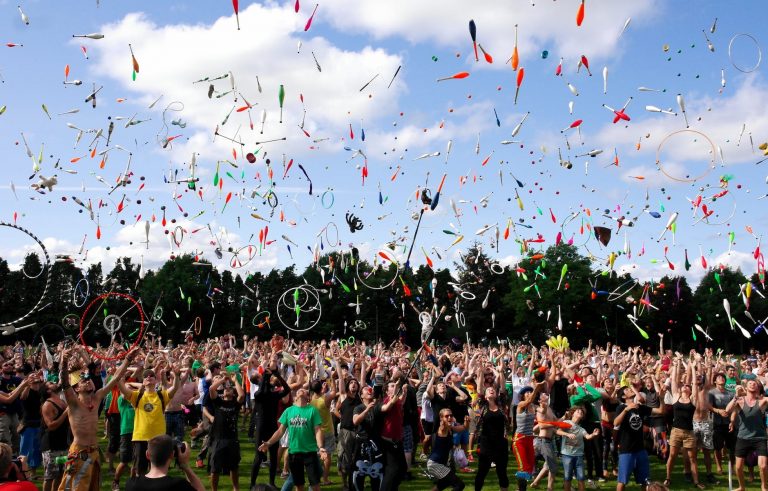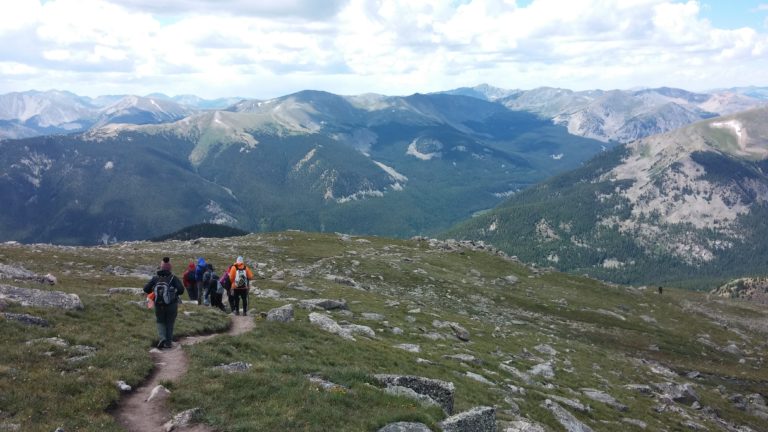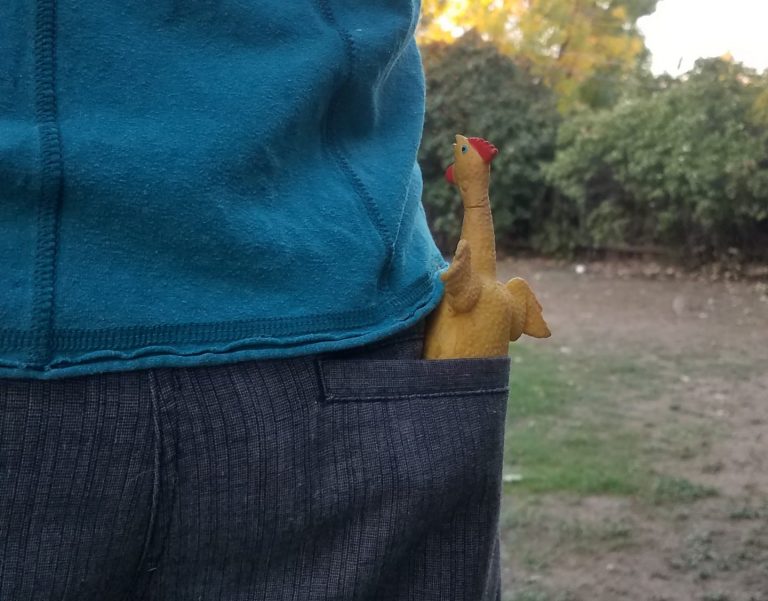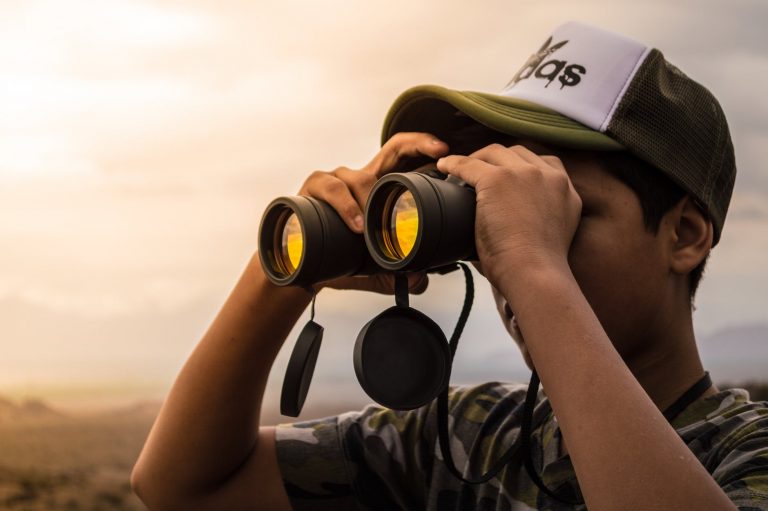Adding Nuance with Props
From Metaphor to Magic
 In my previous post (Action into Metaphor) I talked about how Action Archetypes can be a great way to find a simple isomorph without having to have a large selection of “back pocket” activities available. That idea serves as a foundation to this post’s topic: developing richer isomorphs by intentionally selecting an appropriate Use of Props Archetype. Let’s first dig into exactly what categories exist within the “Use of Props” element.
In my previous post (Action into Metaphor) I talked about how Action Archetypes can be a great way to find a simple isomorph without having to have a large selection of “back pocket” activities available. That idea serves as a foundation to this post’s topic: developing richer isomorphs by intentionally selecting an appropriate Use of Props Archetype. Let’s first dig into exactly what categories exist within the “Use of Props” element.
Prop Archetypes
Resource – Props are combined in a way that solves a puzzle / dilemma or builds an object. An example of this might be straws and tape given to build an egg drop container or a bridge.
Hindrance – The prop becomes a way to make the action of the activity more difficult / intense. An example of this could be giving a group a cup full of water (“nitroglycerine”) to carry across a ropes course element (nitro crossing) without spilling.
Transport – The prop must be transported during the action of the activity. A very simple example of this is the use of an egg during an egg race, or an object that is thrown during “alaskan baseball.”
Support – The prop becomes a support that simplifies the action of the activity. An example of this could be the rubber spots that are stood upon during the stepping stones activity.
Extension of Self – The prop becomes an extension of the self or group to facilitate the action of the activity. An example of this could be the use of a pool noodle during wampum, where the noodle actually becomes part of the tagger. .
Replacement – The prop replaces or mimics another object that is normally associated with the action of the activity. This may be specific to the mimicry action. An example of this might be using gym roller and laundry baskets to mimic “hungry, hungry hippos” (check out this fun video for an example) or a giant slip and slide in place of a shuffle board.
Checkpoint – The prop becomes a checkpoint within the process of completing the action. An example of this could be using a hula hoop to create a safe zone during the mohawk walk.
Fine Tuning an Isomorphic Activity
 As we begin selecting isomorphic activities based on the action archetype they represent, the intentional use of props will begin to add more specific nuance and connection for our clients. For example, it may be that we decide to select a “journey” action to represent our clients journey with their addiction. Lets pick a simple hike as our “journey” activity. While this connection may be adequate for some clients to make insightful connections into their life, we can dive deeper by adding an intentional use of a prop. For example, we might add a hindrance prop to the activity (a large rock in their backpack) and talk about what hindrances they carry with them on their journey. In the same manner, we could select a “support” use of props and have our same client on the same hike, decorate a hiking stick with a list of the supports in his or her life. In this way, the same action creates the same isomorph, but it is the way we intentionally select how props are used that allows for more specific and nuanced connections.
As we begin selecting isomorphic activities based on the action archetype they represent, the intentional use of props will begin to add more specific nuance and connection for our clients. For example, it may be that we decide to select a “journey” action to represent our clients journey with their addiction. Lets pick a simple hike as our “journey” activity. While this connection may be adequate for some clients to make insightful connections into their life, we can dive deeper by adding an intentional use of a prop. For example, we might add a hindrance prop to the activity (a large rock in their backpack) and talk about what hindrances they carry with them on their journey. In the same manner, we could select a “support” use of props and have our same client on the same hike, decorate a hiking stick with a list of the supports in his or her life. In this way, the same action creates the same isomorph, but it is the way we intentionally select how props are used that allows for more specific and nuanced connections.
If we stick with our simple hike (journey), what other use of props archetypes could you incorporate? Which ones don’t fit?
